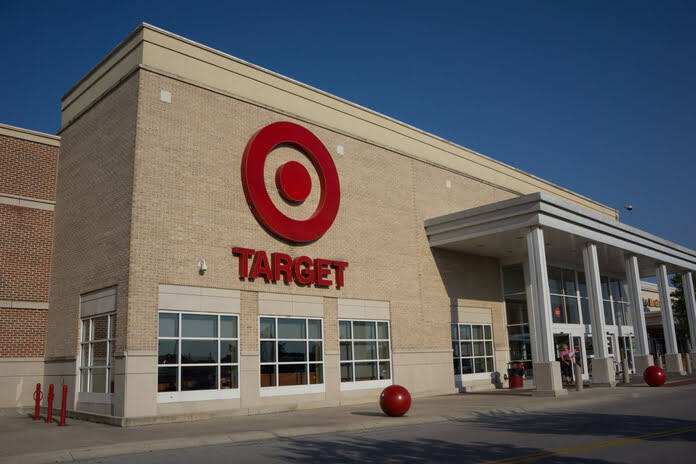Target Corporation (NYSE:TGT) reported financial 2022 second-quarter results Wednesday before the opening bell. The top line missed the Zacks Consensus Estimate but increased year-over-year. Comparable sales rose for the 21st consecutive quarter because of expansion in both physical stores and online sales. However, profitability was still being negatively impacted by greater markdown prices and rising freight expenses. Profitability was harmed by management’s efforts to reduce the excess inventory. As a result, the bottom line came in below consensus expectations and was significantly below the same time last year. This is the second consecutive earnings miss for the retailer.
Given that consumer demand is shifting from discretionary categories to frequency categories like Food & Beverage, Household Essentials, and Beauty, Target’s recent initiative to rightsize its inventory is a positive development. This may put pressure on margins, but the company is better positioned to increase its market share. Significantly, the discretionary categories’ receipts for the Fall season decreased by more than $1.5 billion.
Target’s Sales & Profits Missed Estimates
Target’s adjusted earnings per share of $0.39 missed the Zacks Consensus Estimate of $0.71. In addition, the bottom line drastically dropped from the $3.64 reported in the same period last year.
The big-box retailer reported total revenues of $26,037 million, a 3.5% year-over-year gain, but this was less than the Zacks Consensus Estimate of $26,159 million. Notably, revenue from other sources increased by 14.8% to $384 million, while sales increased by 3.3% to $25,653 million.
Over 95% of the company’s sales during the quarter were fulfilled via stores. Drive Up, which experienced growth in the mid-teens, led the same-day services (Order Pick Up, Drive Up, and Shipt) growth of about 11%. In the categories of food and drink, beauty products, and household essentials, Target had strong results. The company added five additional stores during the quarter.
Comparable sales for the quarter under consideration climbed 2.6%. A 2.7% increase in traffic was reflected in the comparable sales growth. Once more, comparable digital sales jumped 9%, while comparable retail sales grew 1.3%.
Target saw a decline in debit card penetration of 40 basis points to 11.2% while seeing an increase in credit card penetration of 20 basis points to 8.9%. From 20.3% in the same quarter last year, the overall REDcard penetration fell to 20.1% this quarter.
Margins Fell
The gross margin fell by 890 basis points to 21.5% due to higher markdown rates brought on by inventory impairments, actions taken to deal with weaker-than-expected sales in discretionary categories, and increases in the costs of goods, inventory shrink, and freight. In addition, the expense of maintaining the extra inventory and higher per-unit last-mile shipping costs negatively impacted the gross margin rate. In the meantime, the operating margin shrank to 1.2% from 9.8% in the same period last year.
Target’s net interest expense for the second quarter of 2022 was $112 million as opposed to $104 million the previous year, as a result of higher levels of commercial paper and typical long-term debt.
At the end of the quarter, this company had $1,117 million in cash and cash equivalents, $13,453 million in long-term debt and other borrowings, and $10,592 million in shareholder investments. Target distributed $417 million in dividends for the quarter. This represented an increase in the dividend per share of 32.4%.
Target Maintains Guidance
Target reiterated low-to-mid single-digit revenue growth for the upcoming fiscal year. In the year’s second half, the operating margin rate is predicted to be around 6%.
In contrast to the industry’s 19.6% growth during the past three months, the share price of this Minneapolis, Minnesota-based company has increased by only 11.5%.
Featured Image: Megapixl @Robwilson39















